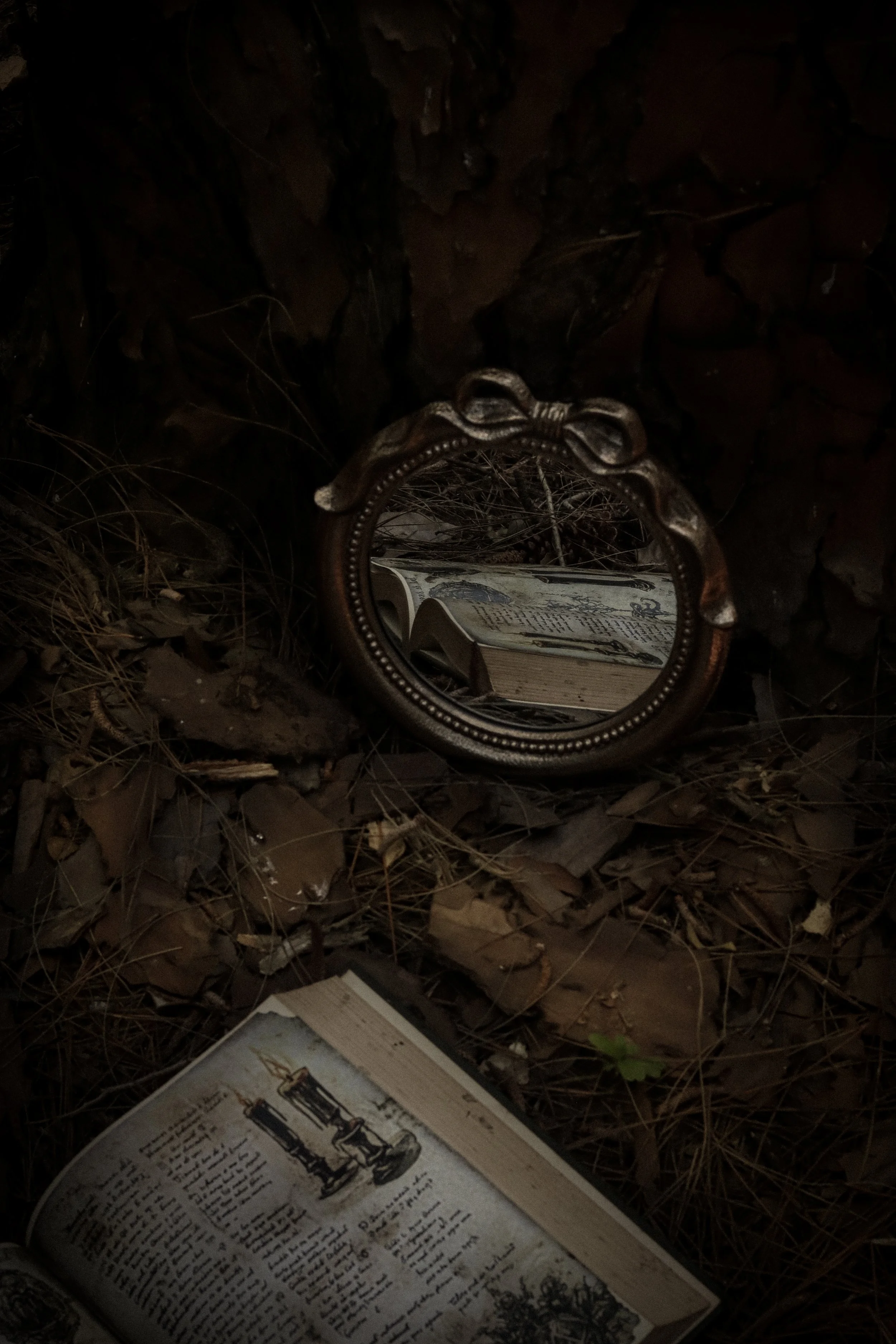
Discover your brand’s archetype
In-Depth Brand Personality Quiz
Welcome to the In-Depth Brand Personality Quiz! In a crowded marketplace, a strong identity is everything. This quiz is designed to help you uncover the core personality of your brand by identifying its dominant archetypes. Understanding these archetypes—universal patterns of character—provides a powerful framework for your storytelling, marketing, and design. By defining your brand's personality, you can build a more authentic connection with your audience, create a consistent brand experience, and ultimately, cultivate a loyal community that resonates with who you are at your core. Are you ready to discover your brand's true character?
Question 1 / 50
Select the one option that best describes your brand:
Your Brand Archetypes
These are the top three archetypes that define your brand's personality.
